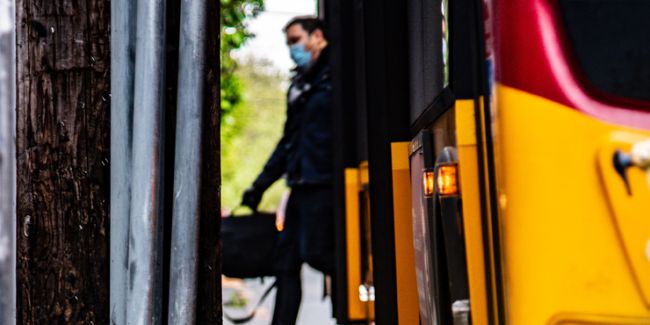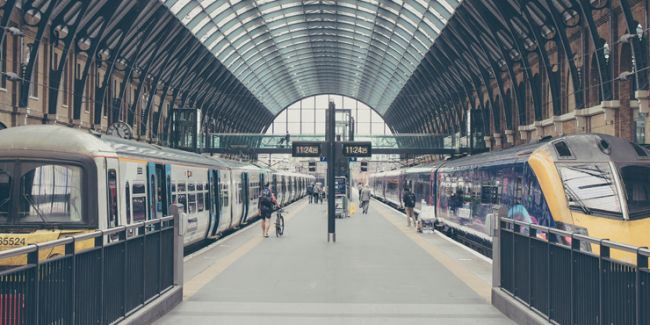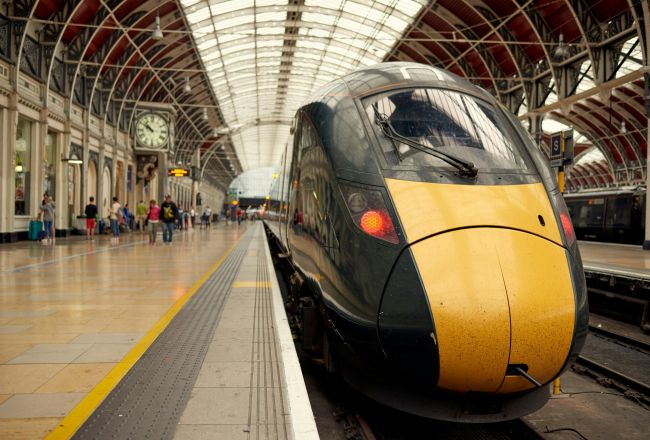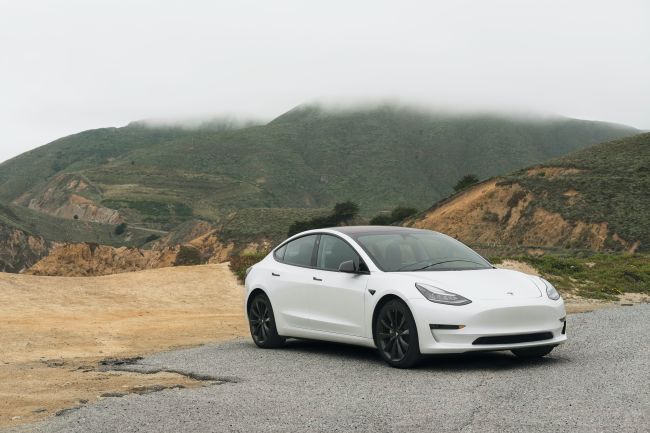The key to India’s station redevelopment programme
Many of us use rail stations daily, but how often do we stop to consider their role beyond their basic function?
Many of us use rail stations daily, but how often do we stop to consider their role beyond their basic function of going from one point to another?
Whether large or small, they play an important role in the social lives of our cities. They can be meeting places, places to shop (and increasingly to collect online purchases), places to eat and drink and even places for temporary events. In fact, as libraries and town halls are so rarely built these days, stations and interchanges have become one of the last remaining opportunities for civic place-making.
In India, the Ministry of Railways has plans to redevelop 400 stations across the network. One of the key aspects of the plan involves a focus on modernising and upgrading passenger amenities at stations by capitalising on opportunities for commercial development of land adjacent to and space above the stations. Whilst this type of redevelopment has been commonly used in the UK, USA and some parts of Europe it is still a relatively new concept for India. Introduced for the first time around 2009-10 it has been recently revived and championed in the 2015-16 budget. The redevelopment aspirations make sense since the real estate portfolio of Indian Railways has more than 7,200 stations across the country. Nevertheless with this vast portfolio come an equal number of challenges and opportunities.
In their redevelopment aspirations Indian Railways can take one important lesson from international experience that, ultimately, taking a broader design-led approach to stations can create successful places, which benefit everybody and provide positive returns for investors.
It is very common for the places around stations to evolve organically to accommodate new needs of passengers and general users of the areas around them. In India especially this space is often taken by both formal and informal activities. Even with new stations, such as the ones for the Metro systems in various cities across the country (Delhi, Mumbai, Kolkata, Bangalore), these spaces have been treated as an afterthought rather than part of the planning, design and implementation stages.
Therefore, for the Government’s ambitious redevelopment programme to be successful, it is important that the planning for spaces around stations goes beyond the narrow focus on operational and technical requirements of the railways. Stations should be efficient and easy to use from a passenger perspective, enabling hassle-free, safe, and legible access to all modes. With the addition of well-designed areas of public realm and elements that generate activity and interest, stations can be truly integrated places that benefit both users and operators: enhancing passenger experience, generating footfall, increasing revenue for station operators, and in turn contributing to the local economy.
One important step in ensuring a more holistic and integrated approach to station redevelopment is defining consistent planning and design guidance and best practice to ensure that standards are adopted and reflected across the implementation stages. We, at Steer Davies Gleave, have prepared both Network Rail’s Guide to Station Planning and Design and Transport for London’s Best Practice Interchange Guidelines, both of which set out principles to guide station design in an integrated and holistic manner. These guidelines are widely used in the UK for all types of stations, from local public transport stops to major hubs.
The aim of planning and design guidance is not to create uniformity and can be tailored to respond to local circumstances and priorities. The most recent examples of station guidance produced in India come in the form of specifications and standards for Metro stations. These standards offer a high level view on what the key considerations should be and establish overarching aspirations for access, legibility and integration with the wider environment. Nevertheless specifications could be better tailored to address the specific circumstances of each station and facilitate a common understanding across all stakeholder groups.
Developing a comprehensive station planning and design guidance would ensure all future redevelopment follows a set of common standards and guidelines which all parties adhere to, and which takes into account the needs of different groups including passengers, transport operators, and local stakeholders
Such guidance should ensure that facilities proposed for station developments give due consideration to sizing, cost and commercial opportunity by establishing minimum desirable specifications. The guidance would also offer a framework for considering the role of each of these stations in its context and the opportunity they offer to enhance the wider urban area and catalyse further improvements.
Ultimately, taking a broader design-led approach to stations and interchanges can create successful places that will benefit both investors and the wider community. The outcome is a place that is more than the sum of its parts; a place that positively contributes to its urban setting and social life.



















